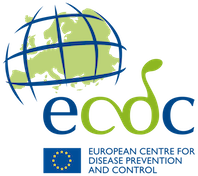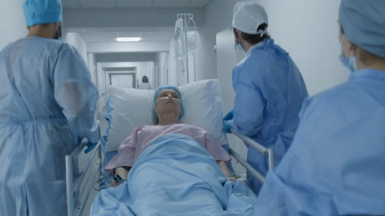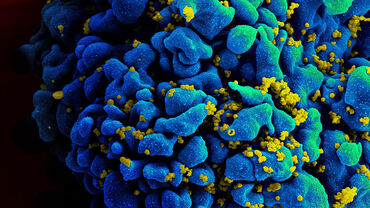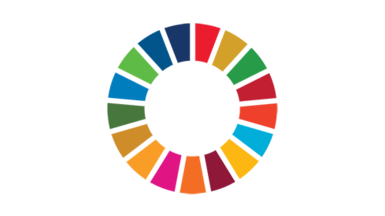European standards of HIV prevention and care: Module on HIV testing
An estimated 2 334 662 people are living with HIV in Europe and Central Asia, 1 944 695 of whom (83%; range 65–100%) have been diagnosed. This is approximately one in six (17%) people living with HIV in Europe and Central Asia being unaware of their status. In the 26 EU/EEA countries with reported data, 91% (706 541; range 77−98%) of the estimated 778 237 people living with HIV had been diagnosed. This is equivalent to nearly one in 10 people living with HIV (9%) in the EU/EEA having an undiagnosed HIV infection.
In 2023, there were 110 486 people newly diagnosed with HIV across Europe and Central Asia. Of these new diagnoses, 54% were made at a late stage of infection (CD4 cell count < 350 cells/mm3 at the time of diagnosis), including 34% with advanced HIV infection (CD4 cell count < 200 cells/mm3). Late HIV diagnosis remains a challenge in all countries in the region. The percentage of people newly diagnosed who were diagnosed late varied across transmission categories and age groups but was highest for people who acquired HIV through heterosexual sex (55.0% all; 60.9% for men and 53.9% for women) and people who inject drugs (47.0%), and lowest for men who have sex with men (41.0%). Late diagnosis increased with age, ranging from 35.8% among people aged 20–24 years at diagnosis, to 66.5% among those aged 50 years or above.
Download
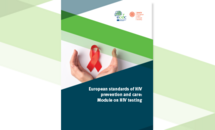
What are standards of care for HIV?
The standards of care (SoC) for HIV define the expected, or desired, quality of prevention, treatment, and care forpeople at risk of HIV acquisition or living with HIV.
The standards are based on a scientific rationale, as well as the responsibilities of each stakeholder and ensure that people receive appropriate, high-quality prevention and care that aligns with the most up-to-date medical knowledge and ethical standards.
The European Centre for Disease Prevention and Control (ECDC) in partnership with the European AIDS Clinical Society (EACS) have developed standards of care in the areas of HIV testing, pre-exposure prophylaxis (PrEP), antenatal screening, commencement of ART, and HIV and co-morbidities (add links to SoC modules). Each standard is based on the following structure:
1. Brief description of the rationale for the standard.
2. Quality statements describing best practice based on current guidelines, evidence, and expert opinion.
3. related measurable and auditable outcome indicators used to assess the quality and effectiveness of the services.
4. Numeric values for defined targets.
The standards are person-centred in their approach with a specific focus on being equitable, non-discriminatory, relevant, appropriate, and accessible for people at risk of or living with HIV.
